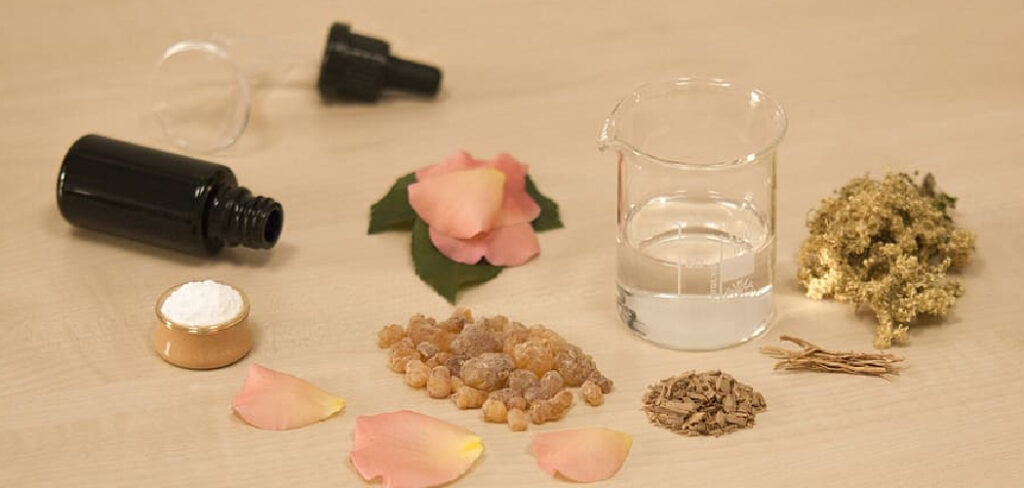Making perfume at home is a fun and creative way to express yourself. Whether you want a unique fragrance tailored to your taste or just enjoy DIY projects, learning how to make perfume at home lets you blend scents exactly how you like. Plus, it’s often more natural and affordable than store-bought options. Here’s a simple guide to get you started.

What You’ll Need to Make Perfume at Home
- Essential oils (base, middle, and top notes)
- Carrier oil (jojoba, sweet almond, or fractionated coconut oil)
- Perfume bottles or rollerball bottles
- Small glass mixing bowl or beaker
- Pipettes or droppers
- Labels and pen (optional)
Understanding Perfume Notes
Perfumes are built from layers of scents called notes:
- Top notes: The first scent you smell; light and fresh (e.g., citrus, peppermint, bergamot)
- Middle notes: The heart of the perfume; floral, spicy, or herbal (e.g., lavender, rose, cinnamon)
- Base notes: The lasting scent that lingers (e.g., vanilla, sandalwood, patchouli)
A balanced perfume usually has about 30% top notes, 50% middle notes, and 20% base notes.
Step-by-Step Guide: How to Make Perfume at Home
Step 1: Choose Your Scents
Pick essential oils you love and want to combine. Start small, with about 10–20 drops total.
Step 2: Mix the Oils
In your glass bowl, mix your essential oils in the right ratio (top, middle, base notes).
Step 3: Add Carrier Oil
Add about 2 tablespoons of carrier oil to your essential oil blend. This dilutes the essential oils and makes the perfume skin-safe.
Step 4: Let It Mature
Pour the blend into a clean perfume bottle. Let it sit for 48 hours to 6 weeks in a cool, dark place. The scent will mature and blend.
Step 5: Test and Adjust
Try your perfume on your skin. If needed, adjust by adding more essential oils or carrier oil.
Tips for Success
- Use high-quality, pure essential oils.
- Avoid applying perfume directly to clothes (it may stain).
- Test scents on your skin, as chemistry can alter fragrance.
- Keep notes of your recipes for future reference.
Fun Variations
- Create a rollerball perfume for easy application on the go.
- Add a splash of perfumer’s alcohol for a lighter spray.
- Experiment with seasonal scents like cinnamon and clove for winter, or citrus and mint for summer.
Final Thoughts
Now that you know how to make perfume at home, you can start blending your own personal fragrances that reflect your style and mood. It’s a rewarding hobby that’s both creative and practical.
Would you like printable recipes or video tutorials on making homemade perfumes?
Author Bio: Saiful Islam
Saiful Islam is a professional makeup artist and published author with over six years of experience in the beauty and cosmetics industry. Known for his mastery of diverse makeup techniques, he specializes in bridal, editorial, and creative makeup artistry.
With a strong focus on enhancing natural beauty while introducing artistic flair, Saiful has earned a reputation for delivering transformative looks tailored to each client’s unique style. His writing aims to educate and inspire aspiring makeup artists around the world by combining practical guidance with creative vision.
Education Background
-
Diploma in Professional Makeup Artistry
International Beauty Institute -
Certificate in Skincare & Cosmetic Chemistry
Online Beauty Academy -
Advanced Course in Bridal and Event Makeup
BeautyPro Training Center
Other Interests
Outside his work, Saiful enjoys mentoring upcoming artists, experimenting with new beauty trends, and attending international beauty expos. His dedication to learning and teaching continues to shape his evolving journey in the world of makeup artistry.